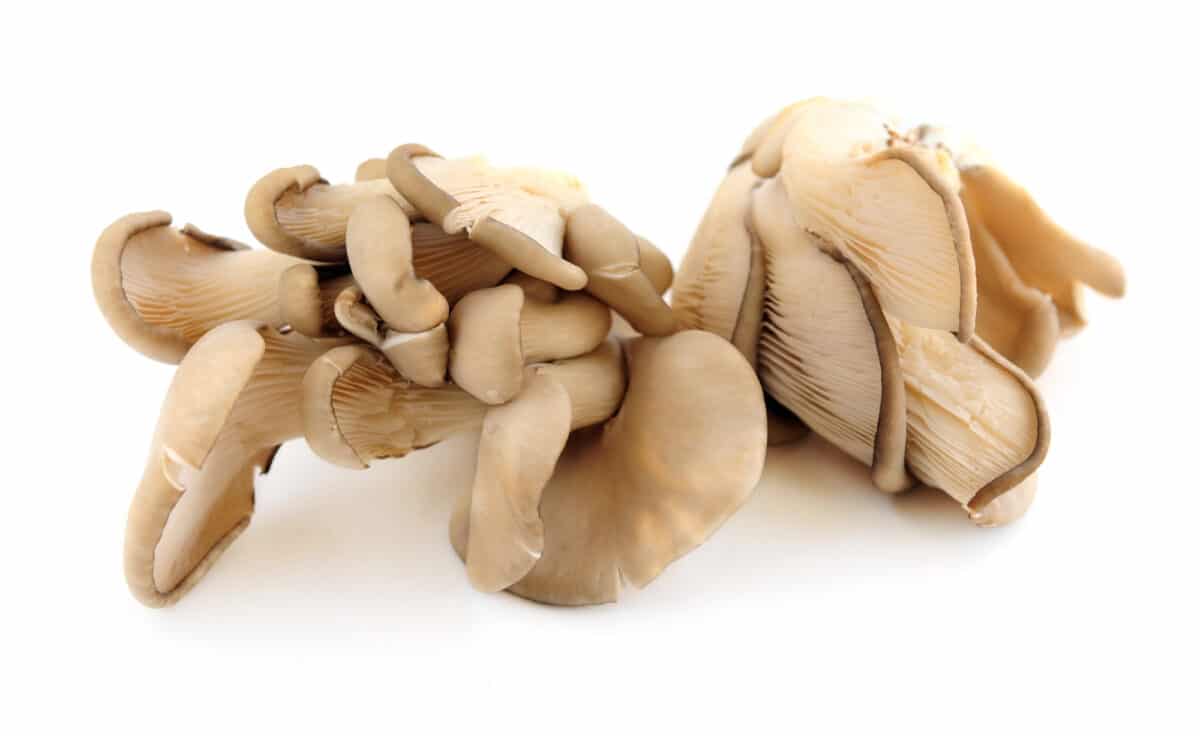King trumpet mushrooms are also known as king oyster mushrooms.
The same thing with different names can confuse a shopper trying a new recipe.
They stand out in the mushroom family for their thick, meaty stems and minimal, umbrella-like caps. Originating from Mediterranean regions, North Africa, and the Middle East, these mushrooms are now cultivated worldwide, particularly in Asia and North America. They are grown in controlled environments that manage humidity and temperature, allowing them to be available throughout the year.
Texture
The texture of king trumpet mushrooms is notably dense and chewy, which makes them a popular meat substitute in vegetarian and vegan dishes. Their flavor is mild yet savory with an umami quality that allows them to complement a wide array of dishes. These mushrooms are robust enough to withstand various cooking methods such as grilling, roasting, sautéing, and stir-frying. When cooked, king trumpet mushrooms develop a crispy exterior and a tender interior, and they do an excellent job of absorbing flavors from other ingredients while maintaining their original subtle taste.
Preparation
Commonly, king trumpet mushrooms are prepared by slicing them into thick pieces and sautéing them with garlic and herbs. They also perform well when grilled whole, simply brushed with olive oil and seasoned with salt and pepper. In Asian cuisine, they are frequently included in stir-fries and soups.
Due to their hearty texture, king trumpet mushrooms are also effective in soups and stews, where they add a satisfying chew. These mushrooms provide significant nutritional benefits in various dishes.

